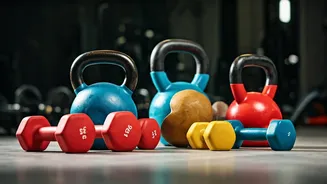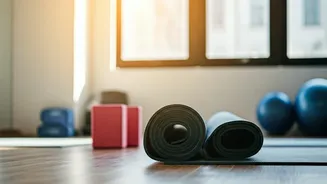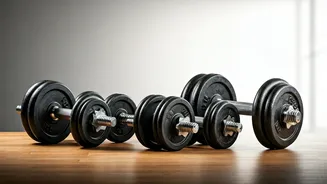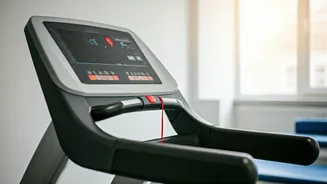The Power of Movement
The exercises described here are fundamental movements crucial for overall health and well-being. Regularly performing these exercises can help build strength,
improve balance, and potentially increase lifespan. This selection focuses on exercises that can be easily incorporated into any fitness level. Understanding how each exercise benefits your body and how they interact together will allow you to make the most of your workouts. Consistent practice is key to unlocking the full potential of these exercises and experiencing their transformative effects on physical and mental health. Incorporating these exercises into your routine doesn’t require expensive equipment or a gym membership. With commitment and consistent effort, you can experience significant improvements in your physical capabilities, increasing your strength, balance and flexibility.
Strengthening with Squats
Squats are a cornerstone exercise for strengthening the legs and glutes, and they also contribute to core stability. The simple act of squatting engages numerous muscle groups, including the quadriceps, hamstrings, and glutes, resulting in significant improvements in lower body strength. To perform a proper squat, stand with your feet shoulder-width apart and your toes slightly pointed outward. Keep your back straight and your core engaged as you lower your hips as if you are sitting in a chair. Descend until your thighs are parallel to the floor, or as low as you comfortably can, and then return to a standing position. Squats are an effective exercise for building lower body strength and improving balance and posture. Adding squats to your workout routine can lead to enhanced functional strength, aiding daily tasks like walking, climbing stairs, and carrying objects.
Mastering Push-Ups
Push-ups are a highly effective exercise for building upper body and core strength. Push-ups are a versatile exercise that can be modified to suit all fitness levels. To perform a standard push-up, begin in a plank position with your hands shoulder-width apart and your body forming a straight line from head to heels. Lower your body until your chest nearly touches the floor, then push back up to the starting position. This exercise targets the chest, shoulders, triceps, and core muscles. The benefits of push-ups include improved muscular strength, stability, and increased endurance. Regular practice of push-ups enhances not only your physical capabilities but also your overall physical well-being. By engaging multiple muscle groups, push-ups provide a full-body workout, improving functional strength and promoting a stronger core.
The Pull-Up Challenge
Pull-ups are an advanced exercise that is exceptionally effective for developing grip strength and upper body power. This exercise requires a significant degree of strength and coordination. Hang from a pull-up bar with an overhand grip, slightly wider than shoulder-width apart. Engage your back muscles and pull yourself upward until your chin is over the bar. Slowly lower yourself back down to the starting position. Pull-ups specifically target the back, biceps, and shoulder muscles, leading to significant improvements in overall upper body strength and endurance. The constant struggle to maintain proper form and complete the exercise creates an engaging workout. Regular pull-up practice not only strengthens the muscles involved but also enhances grip strength and promotes better posture. This builds functional strength that is beneficial in everyday activities.
Core Stability with Planks
Planks are an essential exercise for developing core stability, which in turn, supports overall balance and posture. The plank is an isometric exercise, which means that you maintain a static position. To perform a plank, start in a push-up position, but rest on your forearms. Keep your body in a straight line from head to heels and engage your core to prevent your hips from sagging. The plank is a simple yet highly effective exercise, providing benefits such as enhanced core strength, improved posture, and better balance. The key to a successful plank is maintaining proper form and engaging the core muscles to keep your body stable. The benefits of a strong core extend beyond aesthetics, playing a crucial role in preventing back pain, improving athletic performance, and improving functional strength. Incorporating planks into your exercise routine helps improve balance and stability.
Deadlifts for Back
Deadlifts are one of the most effective exercises for building a stronger back and legs. Deadlifts are considered a compound exercise because they work several muscle groups at the same time. Stand with your feet hip-width apart, the barbell positioned over your mid-foot. Keeping your back straight, bend your knees, grasp the barbell, and lift the bar by straightening your legs and back simultaneously. Maintain a neutral spine and core engagement throughout the movement. This exercise targets the back, legs, and core muscles, resulting in substantial improvements in overall strength. They help improve both lower and upper body strength and work on the posterior chain. Consistent deadlift training not only builds muscle strength but also boosts functional fitness, making everyday activities like lifting, bending, and carrying easier and more efficient. Focus on technique, as proper form is key to avoid injuries and optimize benefits.









